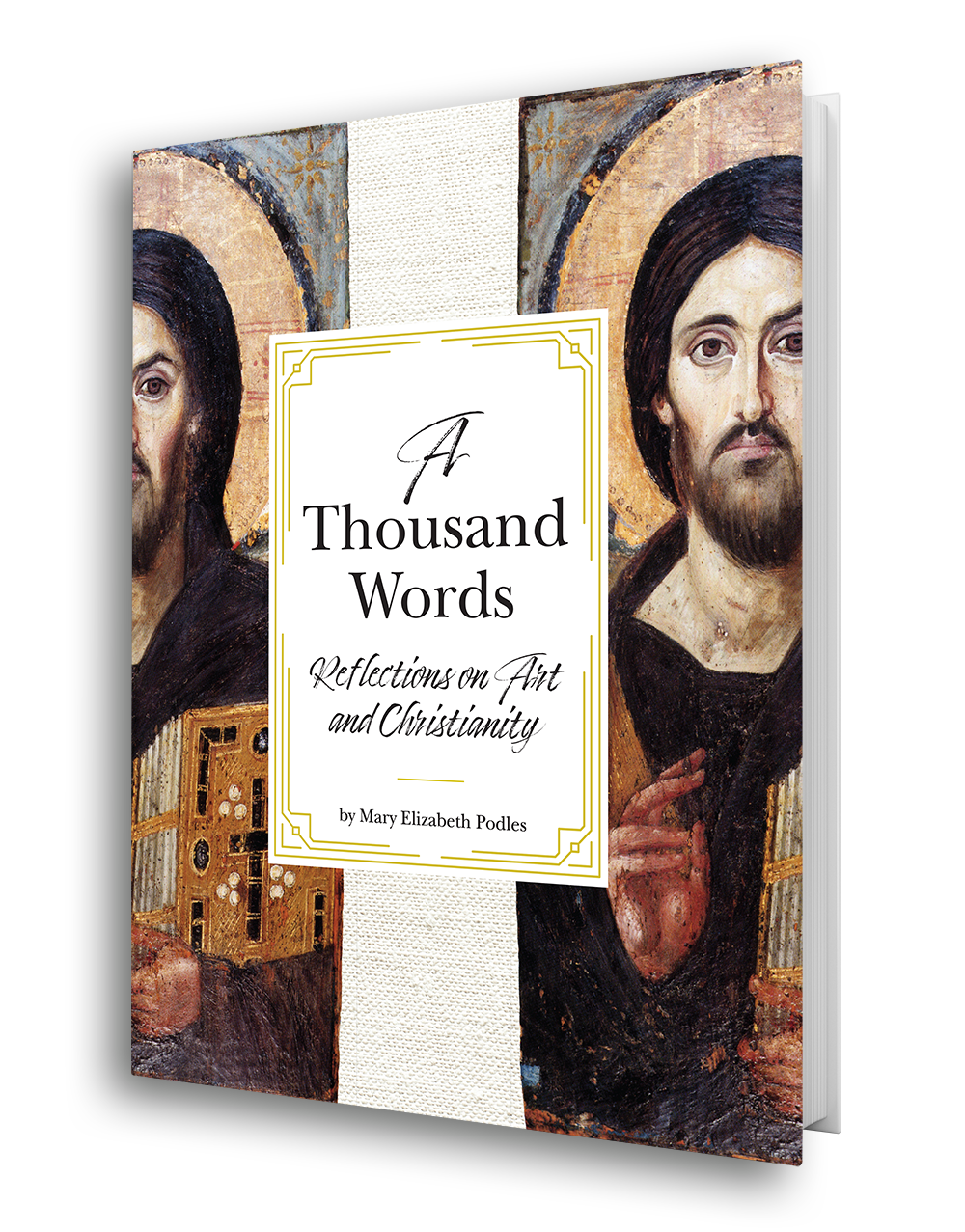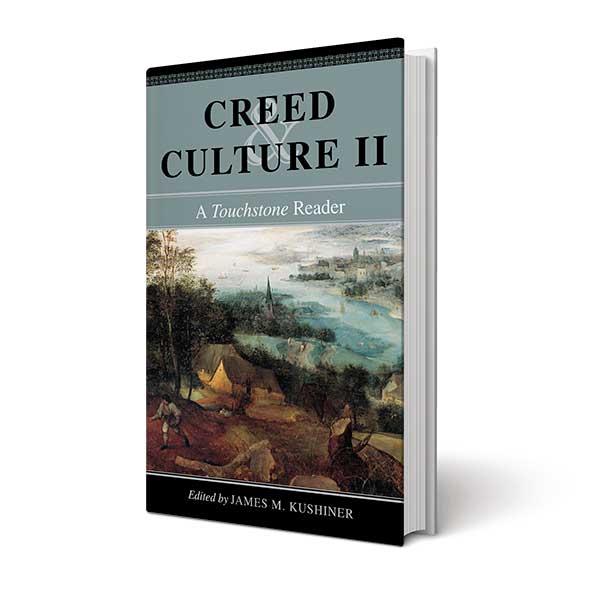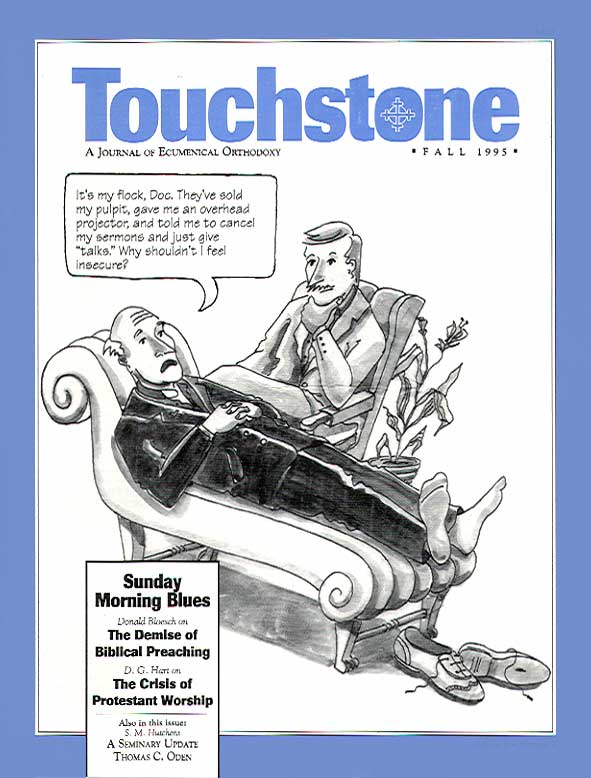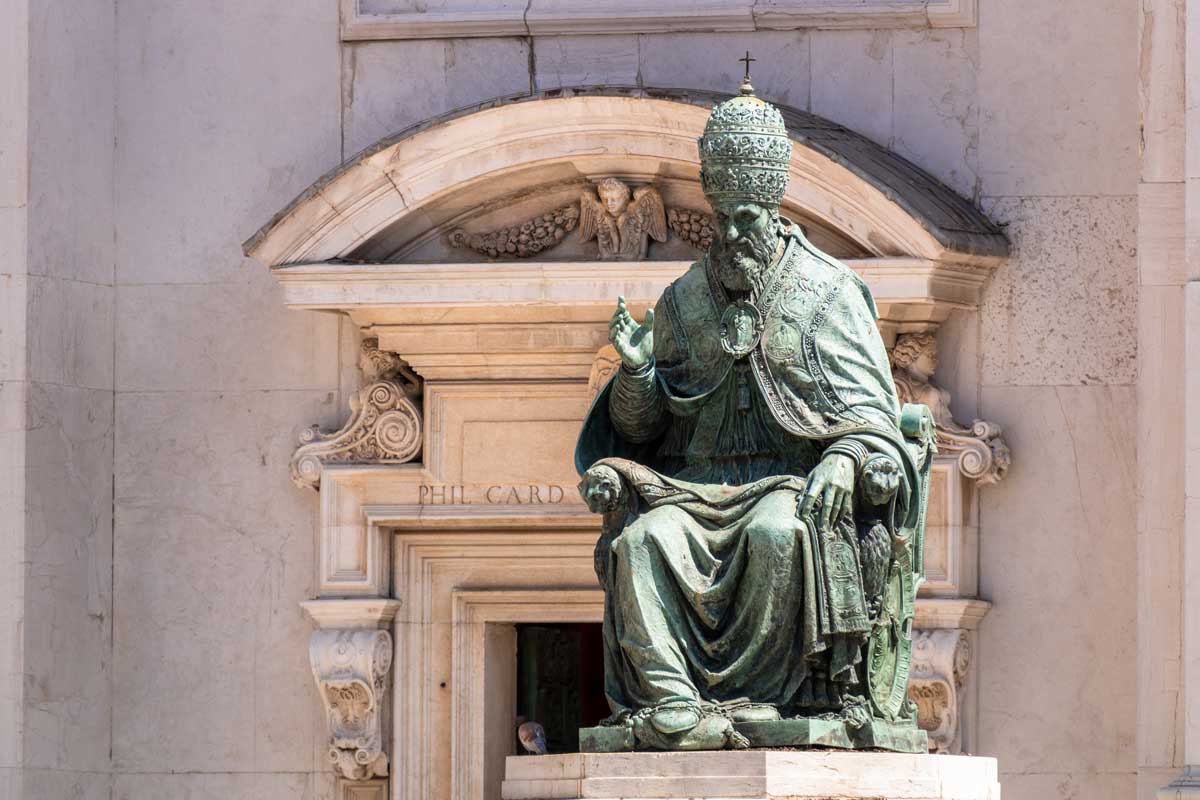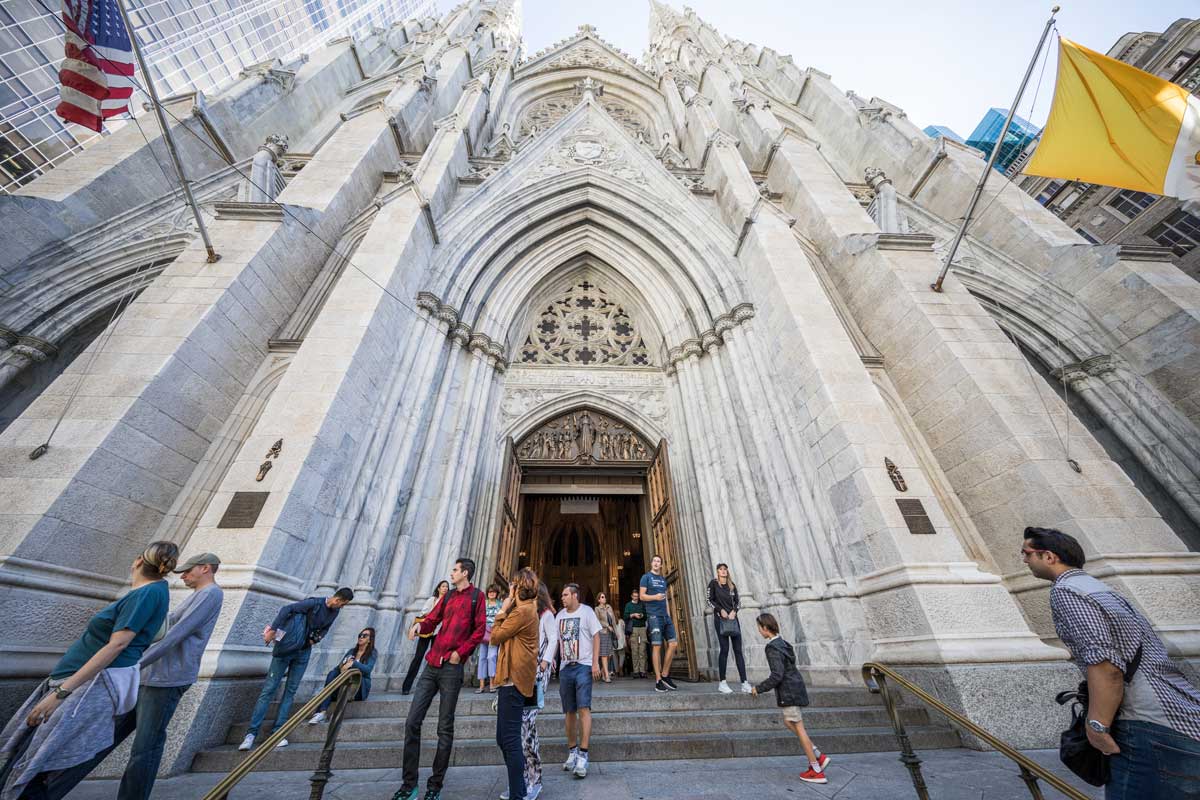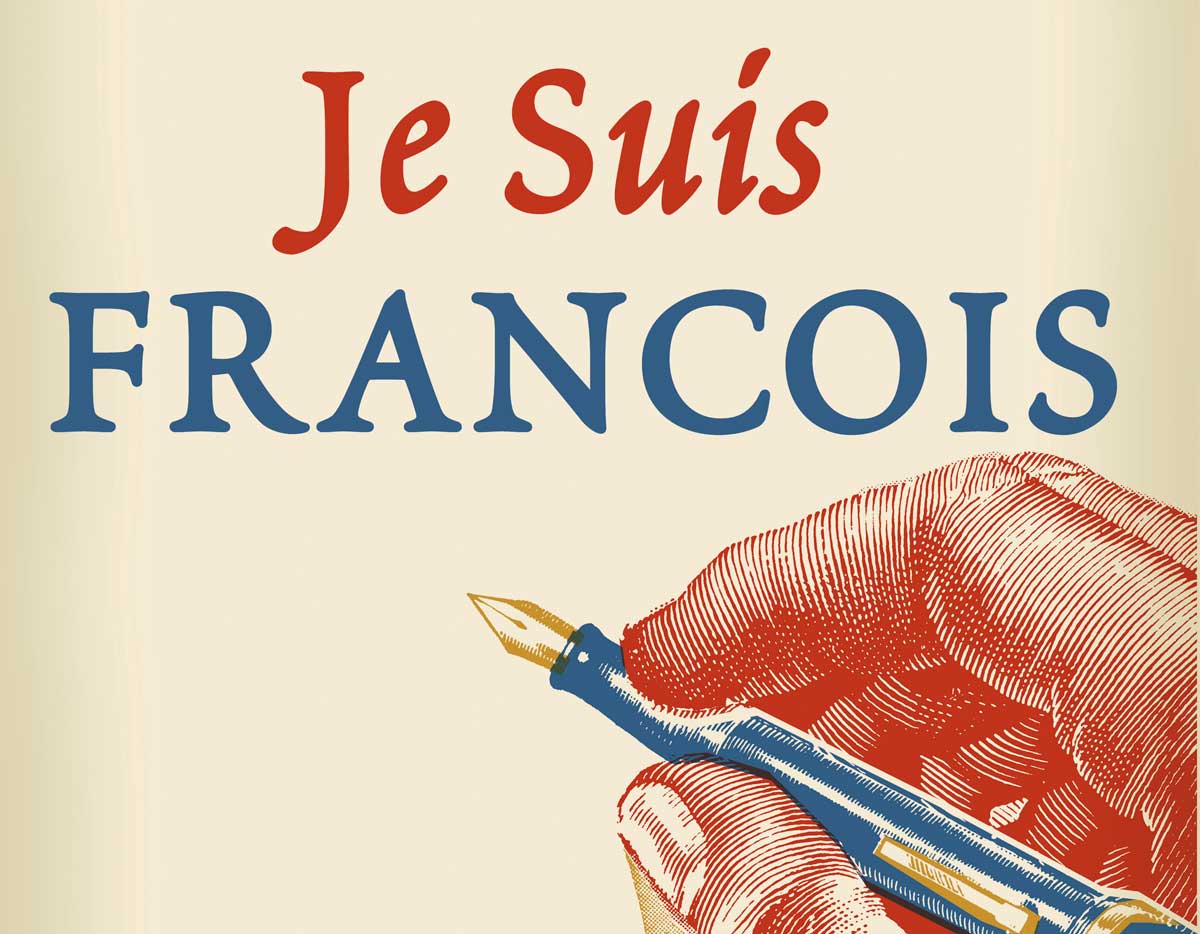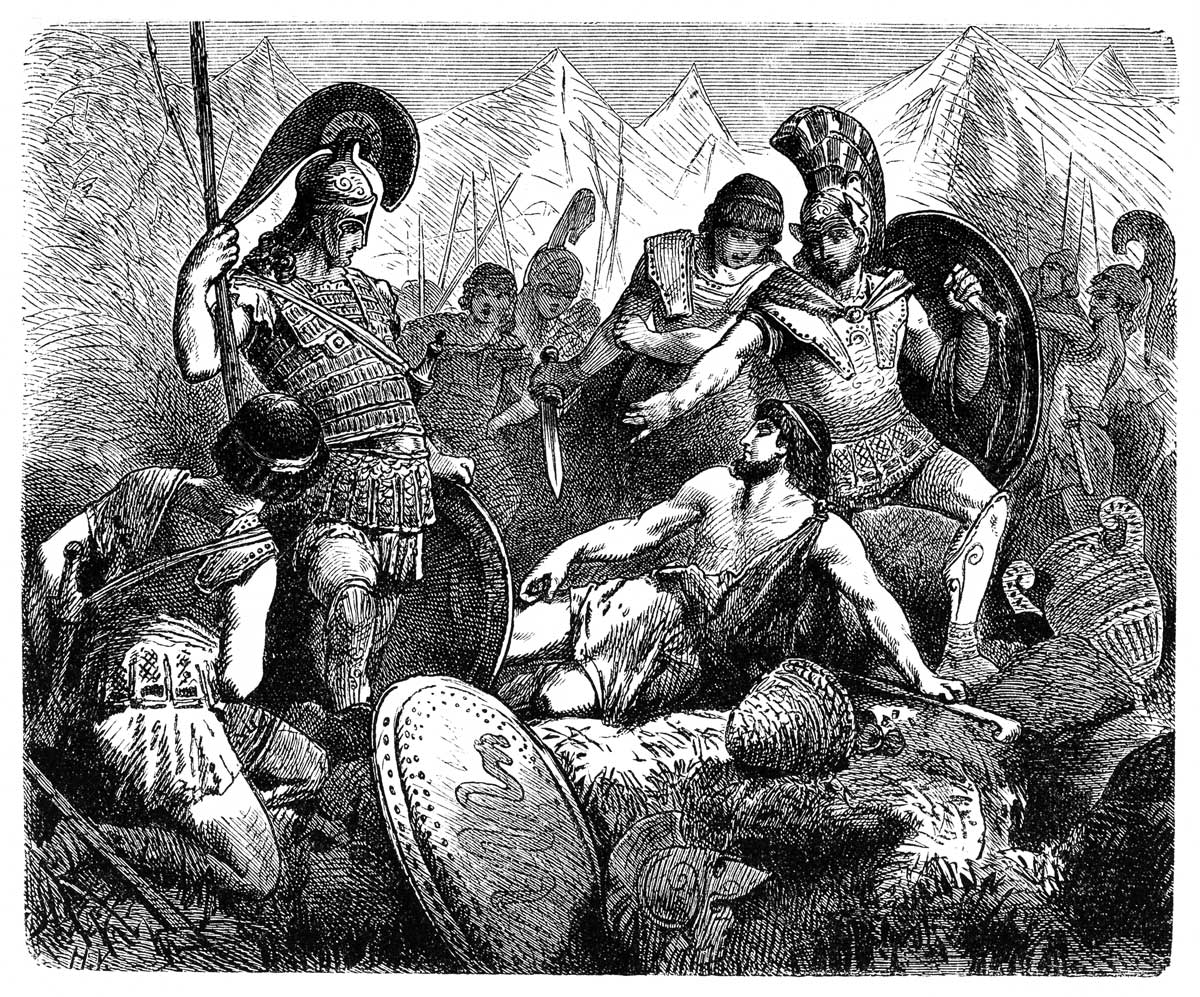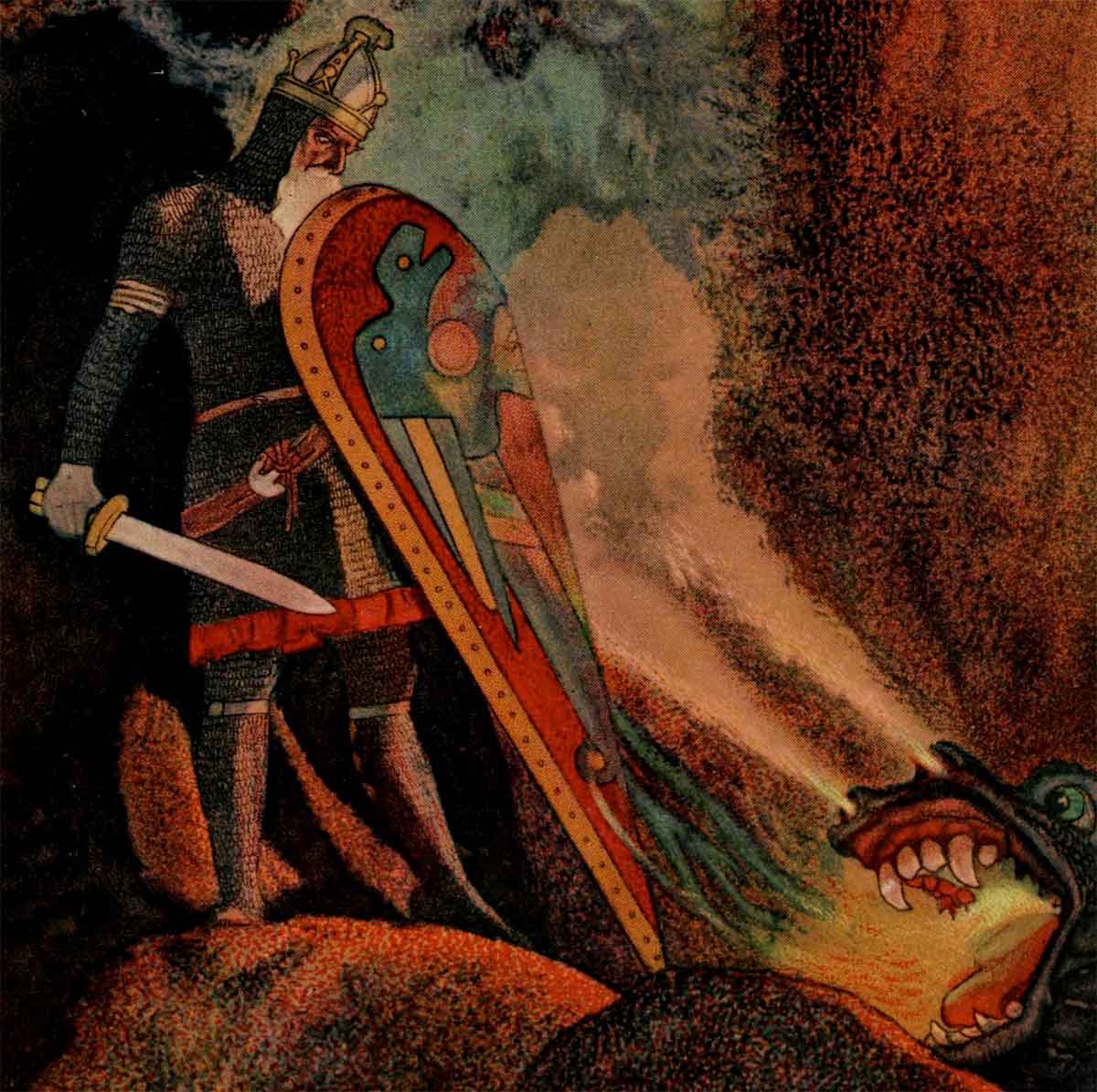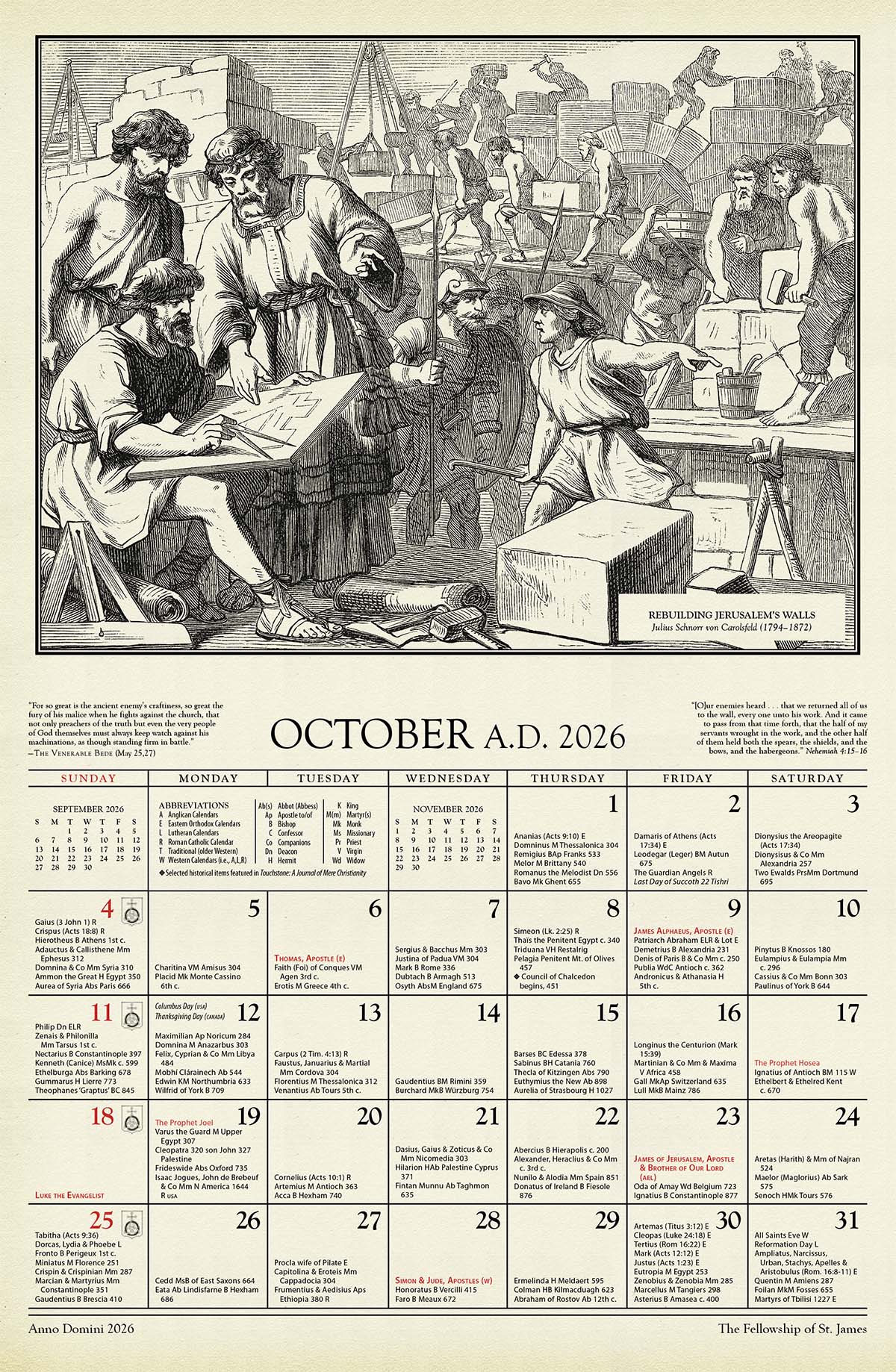No Cure in Sight?
An Encounter with an Evangelical-Roman Catholic Impasse
by James M. Kushiner
On a Friday evening last March 1,000 people gathered in the auditorium of Lake Avenue Congregational Church in Pasadena, California, to hear three Roman Catholics and three Protestants debate the Protestant slogan sola scriptura. Saturday morning they returned for the second and final debate, on sola fide. I had come to witness the debates, entitled, “What Still Divides Us?—A Debate Between Roman Catholics and Protestants.” But I also was there, since the opportunity had arisen, for another reason.
As I eased my way through the crowd in the lobby, I looked carefully from face to face, wondering, would I be able to recognize him after 25 years? It turned out that my Sunday school teacher from my high school days in a Detroit, Michigan, Southern Baptist church was attending the debate. I had recently become reacquainted with him through Touchstone, and I was eager to see him.
A lot has changed for me and my former Sunday School teacher since the ’60s. Neither he nor I are Southern Baptists now, but he remained a Protestant (Presbyterian) while I became Eastern Orthodox. While neither of us had been Roman Catholics, the Roman Church has been a player in our religious lives in one way or the other, especially on the issues of doctrine that separate us. My first debate with Roman Catholics came after our Baptist youth group visited a Sunday 5 o’clock Mass; some of the Roman Catholic youths then came to our Sunday evening service, after which, under the auspices of pizza and sodas, we met in a living room to share our impressions. Of course, being the good Protestant that I was, I wanted to know how Mary could even be mentioned in a worship service. That question neatly skirted by a youth leader, we settled in for polite conversation. My Sunday school teacher, who was not an accomplice in this daring reconnoiter with the Romish apostates, later moved to California and has since taken up teaching in a Presbyterian church and recently co-authored a book with Norman L. Geisler on the subject of Evangelicals and Catholics.
But my hoped-for rendezvous with a faintly familiar face among the 1,000 attending the debate in Pasadena was a personal matter. I also was anxious to see what shape the debates would take. And I wanted to find out if my suspicions were correct.
The Pasadena debates were sponsored by Christians United for Reformation (CURE), a staunchly Reformed (in the Luther and Calvin sense) group dedicated to renewal through a return to the Reformation heritage. Michael Horton, founder and the driving force behind CURE, had criticized the May 1994 statement “Evangelicals and Catholics Together” (ECT) (see Touchstone, Spring 1994) signed by Richard Neuhaus, Chuck Colson, J. I. Packer, and other Roman Catholics and evangelicals.
This statement has become the troubler of evangelicals. Horton was joined in his criticism by other Protestants, including R. C. Sproul, James Kennedy, and television show host John Ankerberg. (The ECT statement, originally drafted by Neuhaus and others, was criticized by Ankerberg on his television show while he offered to sell the eight page statement to his viewers for $10 a copy!)
Protestant rancor grew as some declared there had been a sellout of the Reformation to the Roman Catholic church. Chuck Colson received a load of negative mail. J. I. Packer, a senior editor at Christianity Today (CT), wrote “Why I Signed It” in December. While he did not back down, he did reassure his readers that he had insurmountable difficulties with Roman Catholic doctrines and was in no danger of becoming a Roman Catholic. Ken Kantzer, a CT editor gave it some mild criticism. Touchstone associate editor Patrick Henry Reardon criticized Michael Horton and Kantzer in an editorial. The book published this summer by Baker Book House, Evangelicals and Catholics, criticized Reardon. Several evangelical signers have been successfully pressured to removed their names.
Ankerberg, Sproul, and Kennedy requested a meeting with Colson and Packer in January. Packer and Colson would not remove their signatures from ECT, a solution preferred by the others, but they did issue a statement of clarification to reaffirm their commitment to Reformation doctrine. Packer also issued with Horton an agenda for theological engagement between Evangelicals and Roman Catholics.
On an Ankerberg show afterwards Sproul and company described the January meeting as one that “averted a schism within Evangelicalism.” They also asserted Roman Catholicism to be a different religion from the Christianity of the gospels. My local Christian television station, evangelical as it is, surprised me by putting up a disclaimer for the Ankerberg show. It was against this backdrop that CURE held the winter debate in Pasadena, and I decided to attend, admittedly suspicious of what kind of debate it was going to be. CURE had lined up for the Roman Catholics William Marshner of Christendom College, Patrick Madrid and Robert Sugenis of Catholic Answers; Protestants were represented by Michael Horton, president of CURE, Rod Rosenbladt, Lutheran scholar and lecturer, and W. Robert Godfrey of Westminster Theological Seminary in California.
Once in Pasadena, I registered and moved quickly through the lobby, and there I saw my teacher, Ralph E. MacKenzie. I don’t think he recognized me, but I think my face had changed more than his. I greeted him; he introduced me to a friend, Kevin Passantino, who was known to me through articles in Cornerstone Magazine. After some get-reacquainted conversation, I followed both into the auditorium and settled in for the first debate.
I suspected that the debates were intended to show that the differences between Roman Catholics and Protestants are so severe as to make ECT appear to be a sellout of the gospel or at least an ill-advised statement. The debate was, after all, entitled “What Still Divides Us?” (emphasis mine). Moreover, ECT was specifically mentioned in the introduction to the first debate, described to the audience as part of a “pell-mell rush to unity” between Roman Catholics and Protestants.
That J. I. Packer and Chuck Colson are in a mad rush to reunite Protestants and Roman Catholics does not square with the actual document they signed. It admits that many significant differences may never be solved this side of the Second Coming.
The debates, at least for me, were singularly unhelpful. Many old arguments were unproductively rehashed. I know MacKenzie and Passantino were intensely interested, even as I was. Passantino himself is a debater, regularly dealing with controversies, cults and heresies. And MacKenzie, it turns out, has published this past summer along with Norman L. Geisler Roman Catholics and Evangelicals, Agreements and Differences.
My companions and I took notes, and they sometimes debated between themselves whether one side or the other had scored a point. I was aided in my assessment of the debate by a handout I picked up in the lobby that explained illegitimate ploys used in debating such as red herrings and ad hominen arguments. It gave examples of each: All of the examples were Roman Catholic maneuvers. Despite being Protestants, they noticed times when either side had presented a bogus argument. Even though I did not always agree with their analysis, I was struck by their highly motivated interest in the debate and particularly in the accuracy of the various claims being made.
While the debates helped to highlight some of the classical differences between Roman Catholics and Protestants (or “Protestant Catholics” as one Protestant ventured to insist), they did little to examine the real differences as they exist today. Part of the problem was that neither of the two sessions, on sola scriptura and sola fide, debated a formal thesis.
This allowed the sola scriptura debate to be unfocused and to avoid a careful investigation of the real issues: the role of the Church and tradition in interpreting Scripture and teaching truth. This would have revealed some real differences between the two sides in how the Church and its teaching abilities are to function—differences that were acknowledged to exist by the ECT drafters in the first place.
No one on the stage believed in a literal sola scriptura, “Bible alone.” Horton himself has written elsewhere of the need to interpret Scripture with the assistance of the rest of the Body of Christ, with the assistance of the ancient Creeds and the historic Protestant confessions. Why the historic Protestant confessions are the interpretations that should be followed in interpreting the Bible, and not, say, the seven ecumenical councils, would have made for a much more interesting debate.
As I put it in a letter to Michael Horton, sola scriptura is only a slogan used as a stick to beat off the dog of papal infallibility. Indeed, I went on, the first debate was not about sola scriptura at all, but about the teaching ability of the Church and particularly about infallibility in the Church. At one point on Friday evening, one of the Roman Catholic debaters, apparently frustrated by the failure to find much common ground, in exasperation asked the Protestant side, “What would you like us to say?” “Admit that we are all fallible,” came the quick reply.
Unfortunately the opportunity to discuss the Protestant and Roman Catholic differences on Church and Tradition was lost. Conversations in the audience after the debate seemed to indicate that the Roman Catholics had won the debate by simply showing that holding to Bible only without reference to anything else is simply unbiblical and not practiced by any Christians without a descent into every-man-for-himself interpretations.
The Saturday morning debate allegedly was to be on sola fide: whether we are saved by faith alone or by faith and works. The Roman Catholics tried several different tacks to show that they really do not believe that Christians earn their salvation and that they believe their salvation to be based on the work of Christ. Marshner attempted to build a bridge to the Reformation side, carefully distinguishing between justification and sanctification, attempting to show a Roman position that should be acceptable to Protestants.
But the Protestants would have none of it. They repeatedly used quotations from the Council of Trent to claim that Roman Catholicism spoke clearly and decisively and irrevocably against the Protestant definition of the gospel as based in sola fide. Horton gave an effective exhortation to the audience to hold to this the key Reformation doctrine. Still, I believe that, at least in part, the debate was not really about sola fide but about mediated grace and man’s cooperation with grace, though Horton does not agree with my assessment. As with sola scriptura, it is my belief that sola fide as a formal principle and hermenuetical key is another stick, this time used to beat off the dog of the sacramental system as practiced by Roman Catholics at the time of the Reformation. At one point, one of the Protestant debaters warned that if what the Roman Catholics were saying was true, you would end up with a system of priesthood and going to confession and other Roman Catholic practices.
If the Roman Catholics had “won” the night before on sola scriptura, the Protestants had “won” on a more strategic issue: how we are saved. But the victory was only a public relations victory and nothing to build on, unless one is resolved to keep the permanent walls between the two camps. And the value of the debate to the audience or to those who might listen to the tapes was lost on me. If it was meant to show that we are still divided on such basic issues, it succeeded, for there was not a glimmer of a way forward, no suggestion or hint of desire, no clarifications, little common ground recognized. It was the theological equivalent of the Hatfields and McCoys.
After the debate, I attended a reception for participants and guests at a local Christian bookstore near Fuller Theological Seminary. In a back room where the books were half-priced I browsed, while I eavesdropped on a Protestant seminarian and a Roman Catholic layman. They were debating the debate, particularly sola fide. The Protestant told the Roman Catholic that they could be friends but that he could not consider him a brother in Christ, since Roman Catholics believe in works righteousness.
I listened to the points and counterpoints, and patiently watched them butt heads for a few more minutes and then decided to try something out. I asked the Roman Catholic how it was that he was able to do the goods works that he did and if he believed that they earned him salvation. He said they did not earn him salvation and that he was only able to do them by the grace of the Holy Spirit in his life. I asked the seminarian what was wrong with that. He really didn’t know.
I then asked the seminarian if he was truly united with Christ. And when Paul writes of “Christ in you, the hope of glory,” does this mean we actually participate in the life of Christ, that we have the very life of the Son of God in us. “Yes, it does,” he said. I suggested that if, as the Scriptures say, in Christ is the fullness of grace, then the idea of “infused grace,” an idea condemned as a Roman Catholic heresy, might actually have some merit. Granted that my intrusion was not theologically clever, I think both men saw that perhaps there was still the need for Protestants and Roman Catholics to engage in closer, more sympathetic dialogue. The seminarian later thanked me.
I confess that I have lost patience with the faith-works debate. It seems to me that many Protestant and Catholics who are willing to fight over this issue are primarily interested in discrediting the other as being Christian. I admit that I have an untroubling ability to see faith and works in dynamic relation in such a way that does not pit one against the other. Since the word salvation means “made whole,” and we are called to be “perfect as your Father in heaven is perfect,” I see plenty of room for both my efforts and the grace and mercy of God in the process. There is a deep mysterious paradox of human freedom and divine sovereignty that I feel utterly incapable of solving. As others have said, I know have been saved and that I am being saved and that I will be saved, all by Jesus Christ, for it is ultimately his resurrection life that saves me in the beginning and at the end and it is beyond any qualification that all my sins have been atoned for by the merit of Christ’s sacrifice on Good Friday.
I am afraid that the CURE debates, while of great interest to me because of my concern for the unity of Christ’s followers, did not shine any light on Christian truths—neither on the issue of Church, tradition, and Scripture, nor on salvation by faith and works.
On Friday evening after the first debate, I, Passantino, MacKenzie, and a number of others found a restaurant for a late night snack. It was a Greek-Middle Eastern place with a large menu of reasonably-priced, well-prepared selections. In that setting conversation centered on the debate. In this relaxed atmosphere, there was an genuine openness in the conversation. Most of the people were Protestants yet seemed to be openly discussing the nuances of the arguments, debating whether or not certain statements were accurate. I detected no party spirit. And there was genuine interest in my perspectives on the various issues, since as an Eastern Orthodox Christian some of my theological thought runs in different directions from the Roman-Protestant impasse.
My two companions, MacKenzie and Passantino, had to leave just before the second debate ended. I would have benefited hearing their final assessments. I have looked at MacKenzie’s (and Geisler’s) volume on Roman Catholics and Evangelicals and found it helpful. While not agreeing with everything, there is much to commend in the book, especially in its honest attempt to neither invent common ground nor destroy potential common ground with vituperative rhetoric. But it still doesn’t do the best job in giving both sides: being written by two Protestants, it gives the Catholic arguments for certain doctrines, then produces the Protestant counter-arguments; but a Catholic rebuttal to the Protestant argument would have been helpful.
I look forward to a volume that might be as detailed as this one, but include Roman Catholic writers (and perhaps an Orthodox one just to give a different view on the issues). Should another debate between Roman Catholics and evangelicals be in order, perhaps the likes of MacKenzie and Geisler would at least give the Roman Catholics a better hearing. Any other approach will not be a cure for what afflicts divided Christians.
So what is in store for evangelicals and Roman Catholics? Certainly given the high level of interest in evangelical and Catholic relations, in part due to escalation of the cultural crisis all Christians face, there will be more books on the subject, such as Keith Fournier’s A House United? Evangelicals and Catholics Together, A Winning Alliance for the 21st Century (NavPress, 1994). There will also continue to be an increase in the number of Catholics and evangelicals actually being together. The Catholic diocese of Pittsburgh has planned a major conference this fall on Christian education and one of the two keynote speakers is Chuck Colson. Ten thousand Christians gathered for four days this summer at the Congress on the Holy Spirit and World Evangelization in Orlando, Floarida—and one half of them were Catholics.
Just maybe things are getting out of control; there may be no stopping it.
James M. Kushiner is the Director of Publications for The Fellowship of St. James and the former Executive Editor of Touchstone.
subscription options
Order
Print/Online Subscription
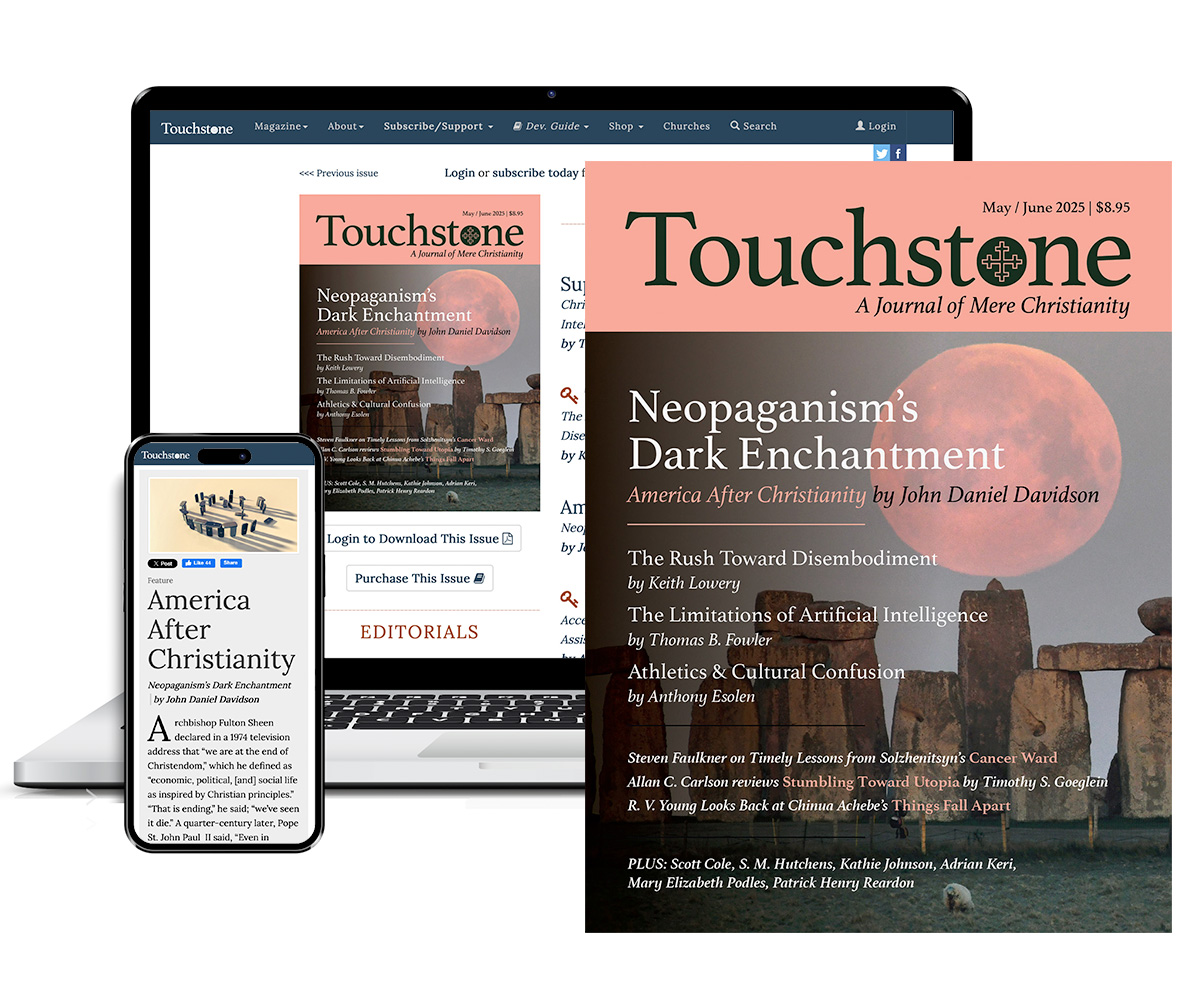
Get six issues (one year) of Touchstone PLUS full online access including pdf downloads for only $39.95. That's only $3.34 per month!
Order
Online Only
Subscription
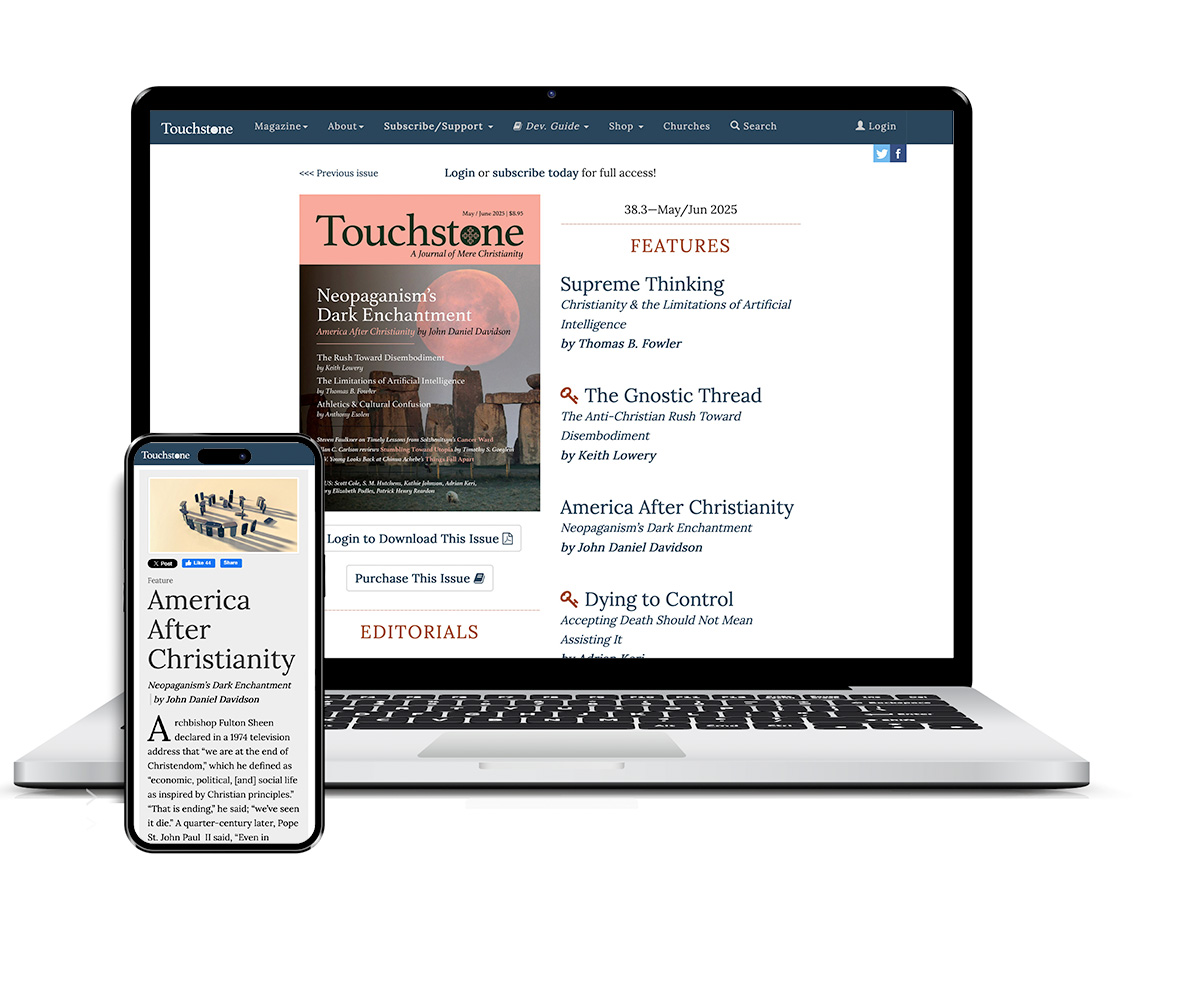
Get a one-year full-access subscription to the Touchstone online archives for only $19.95. That's only $1.66 per month!
bulk subscriptions
Order Touchstone subscriptions in bulk and save $10 per sub! Each subscription includes 6 issues of Touchstone plus full online access to touchstonemag.com—including archives, videos, and pdf downloads of recent issues for only $29.95 each! Great for churches or study groups.
Transactions will be processed on a secure server.
more on Catholic from the online archives
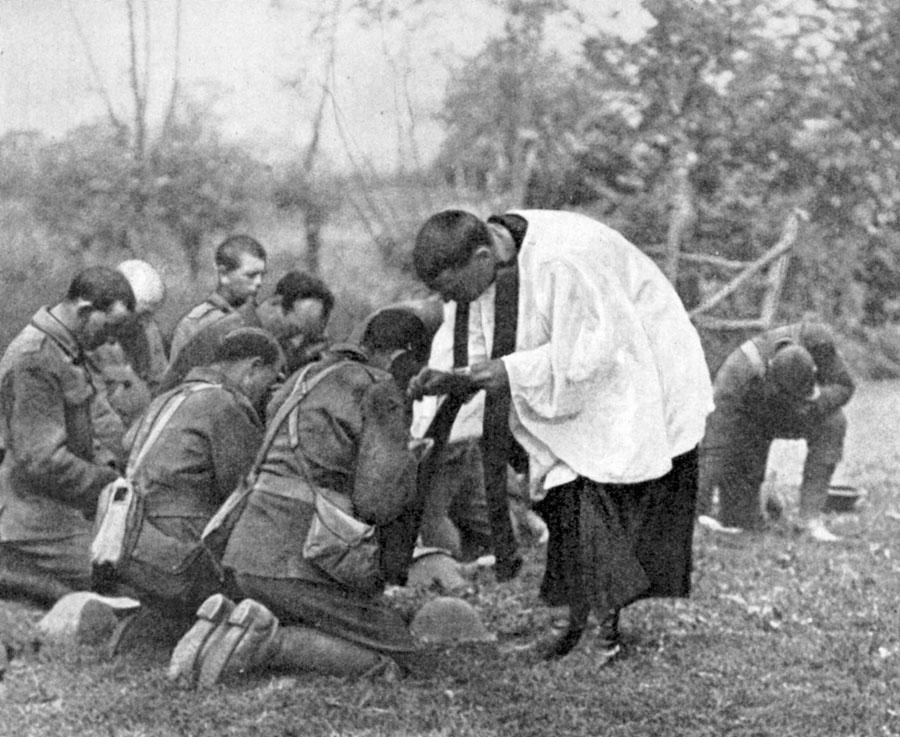
35.4—Jul/Aug 2022
The Death Rattle of a Tradition
Contemporary Catholic Thinking on the Question of War by Andrew Latham
more from the online archives
calling all readers
Please Donate
"There are magazines worth reading but few worth saving . . . Touchstone is just such a magazine."
—Alice von Hildebrand
"Here we do not concede one square millimeter of territory to falsehood, folly, contemporary sentimentality, or fashion. We speak the truth, and let God be our judge. . . . Touchstone is the one committedly Christian conservative journal."
—Anthony Esolen, Touchstone senior editor



